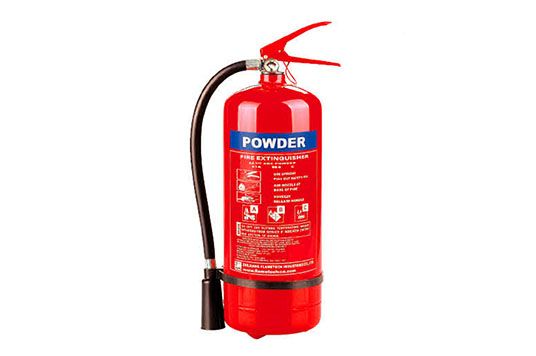
Counting The Cost: Fire Extinguisher Refilling Price Factors
Fire extinguishers are indispensable tools for fire safety, but their effectiveness relies on regular maintenance, including refilling. Understanding the factors that influence fire extinguisher refilling price is essential for both individuals and businesses to budget appropriately and ensure their safety equipment remains in optimal working condition. This article will explore the key price factors associated with fire extinguisher refilling.
Type of extinguisher:
Different types of fire extinguishers contain various extinguishing agents designed to combat specific fire classes. The type of extinguisher you have dictates the cost of refilling. For example, refilling a CO2 extinguisher typically costs more than refilling a dry chemical extinguisher due to the differences in the extinguishing agents.
Size and capacity:
The size and capacity of the fire extinguisher impact the refilling cost. Larger extinguishers contain more extinguishing agent and require more labor to refill. Consequently, they generally incur higher costs than smaller ones.
Extinguishing agent:
The cost of the extinguishing agent itself contributes significantly to the overall refilling price. Different agents have varying price points, and some, like clean agents used in sensitive environments, can be more expensive.
Labor and service charges:
Fire extinguisher refilling is typically performed by trained technicians. The labor and service charges for their expertise and time contribute to the overall cost. The complexity of the refilling process and the number of extinguishers being serviced also influence these charges.
Location and accessibility:
The location of the fire extinguisher can affect the cost of refilling. If the extinguisher is in an easily accessible area, it may be less expensive to service. However, if it is located in a challenging or remote location, additional labor and time may be required, increasing the cost.
Frequency of refilling:
Regular maintenance and refilling schedules are vital for fire extinguisher safety. More frequent refilling, such as annual or semi-annual maintenance, may result in lower costs per refill, as the equipment is likely to be in better condition and require fewer repairs.
Understanding the factors that influence fire extinguisher refilling costs is essential for effectively budgeting for fire safety. Fire extinguishers play a critical role in protecting lives and property, so ensuring they are properly maintained and refilled is not just a matter of cost but a matter of safety.